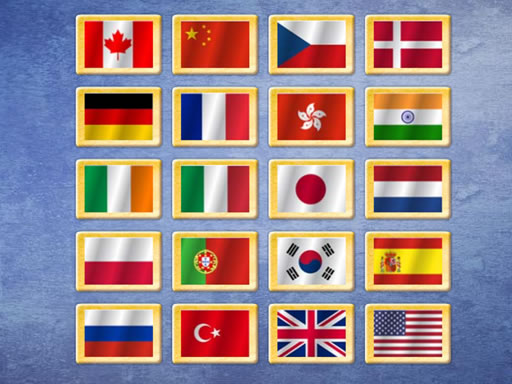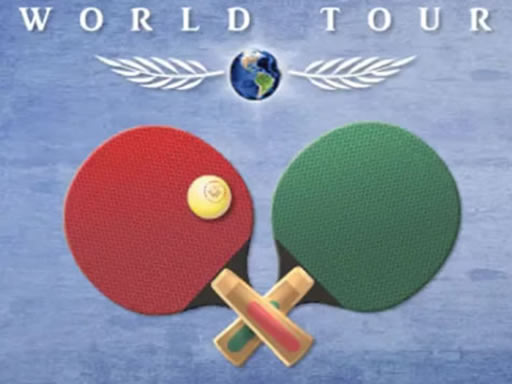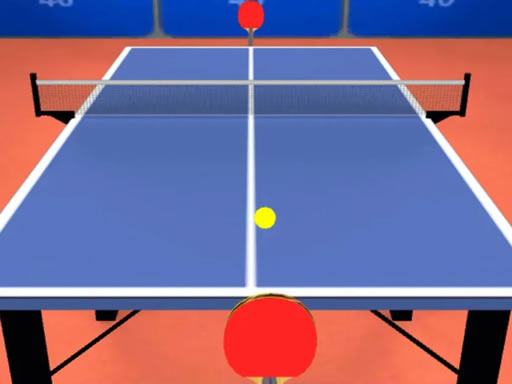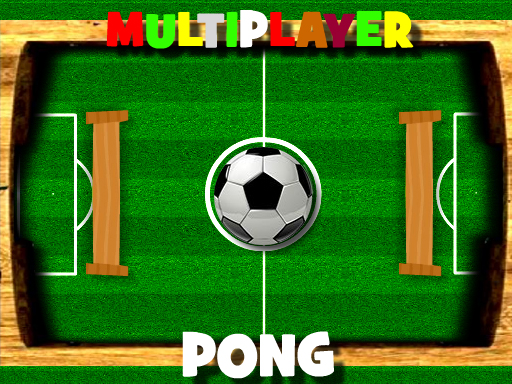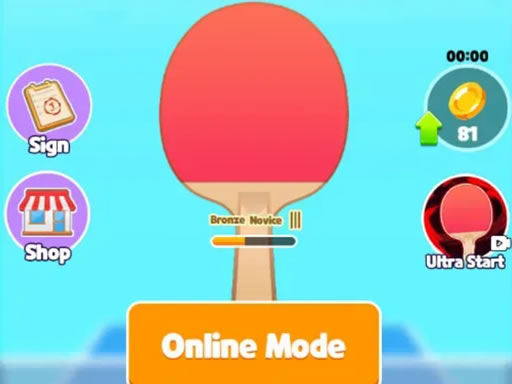In table tennis, a let serves the following main purposes:
Ensuring Fair Competition
Net-touching during serving: When a served ball touches the net, its flight trajectory and speed will be affected. If the ball that has touched the net still lands within the opponent's valid area, according to the rules, it is ruled as a let. This is because the net-touching is an accidental factor that may interfere with the receiver's normal anticipation and reaction. Re-serving ensures that both sides start the rally under a relatively fair and predictable serving situation.
Serving interference for the server: In a complex competition environment, for example, when there are sudden disturbances from the audience, external noises, or other factors that the players cannot control within the venue, which affect the serving action or the quality of the serve, a let allows the server to serve normally after eliminating the interference. This avoids putting the server at a disadvantage due to external factors.
The receiver not being ready: If the receiver is not ready to receive the ball, such as still adjusting the racket, being inattentive, or for other reasonable reasons, the serve at this time does not conform to the principle of fair competition. The rule of a let ensures that the receiver has a reasonable preparation time, enabling both sides to start the rally on an equal footing.
Correcting Errors in Serving and Receiving Orders
In a doubles match, there are strict regulations regarding the serving and receiving orders. If there is an error in the serving or receiving order by the serving side or the receiving side, the let is used to correct the order, allowing the match to proceed in accordance with the correct rules and order. This upholds the seriousness of the competition rules and ensures the fairness and standardization of the match.
For more Ping Pong Game, you can visit this address:https://pingponggame.org/
